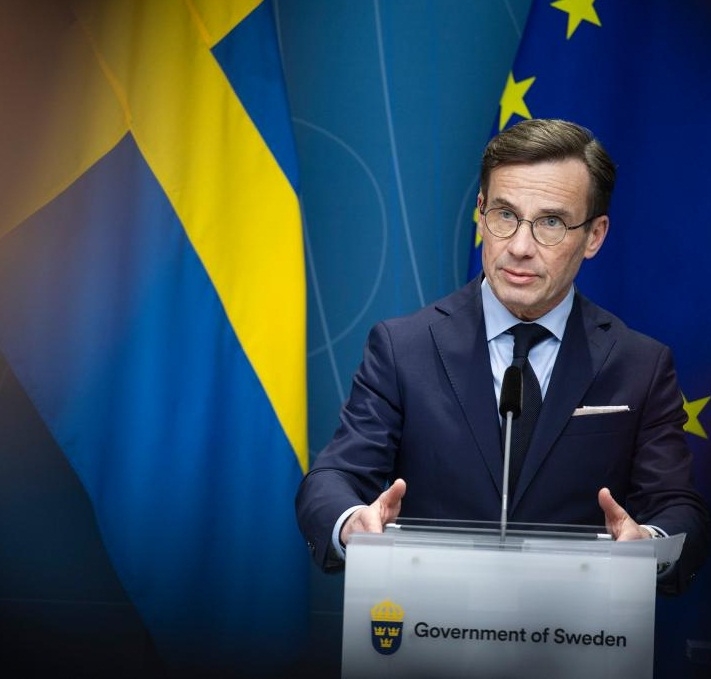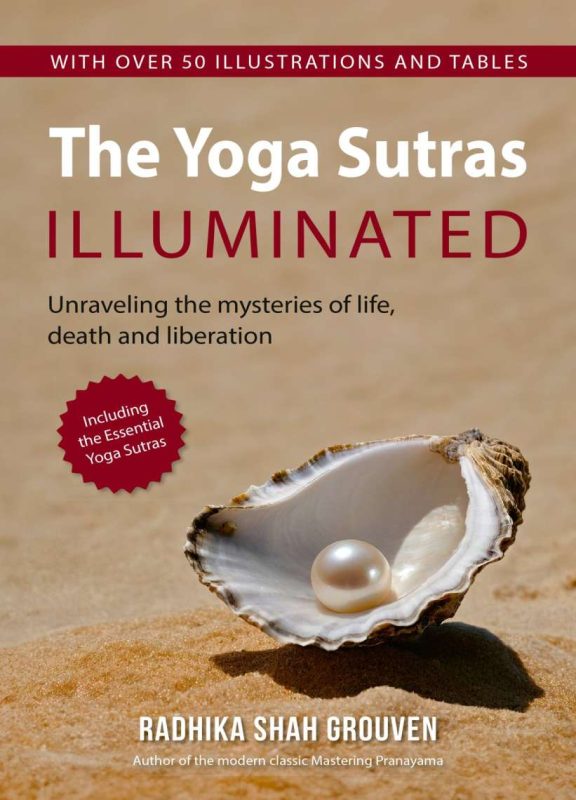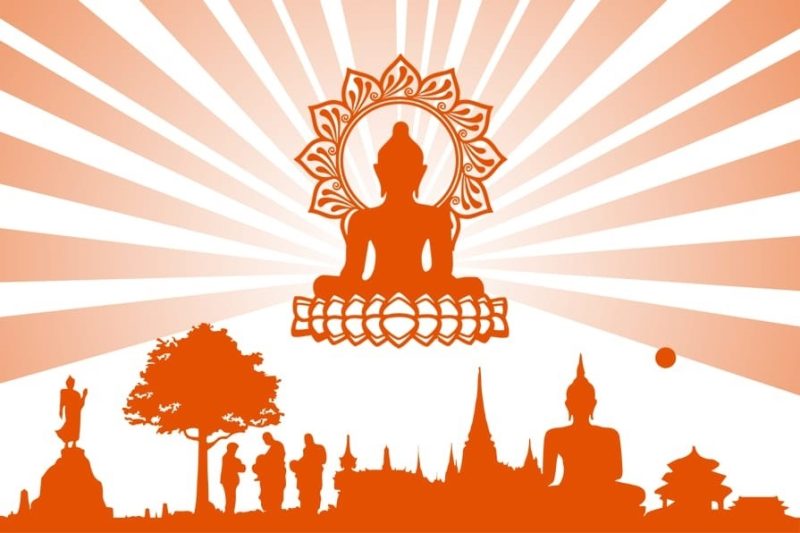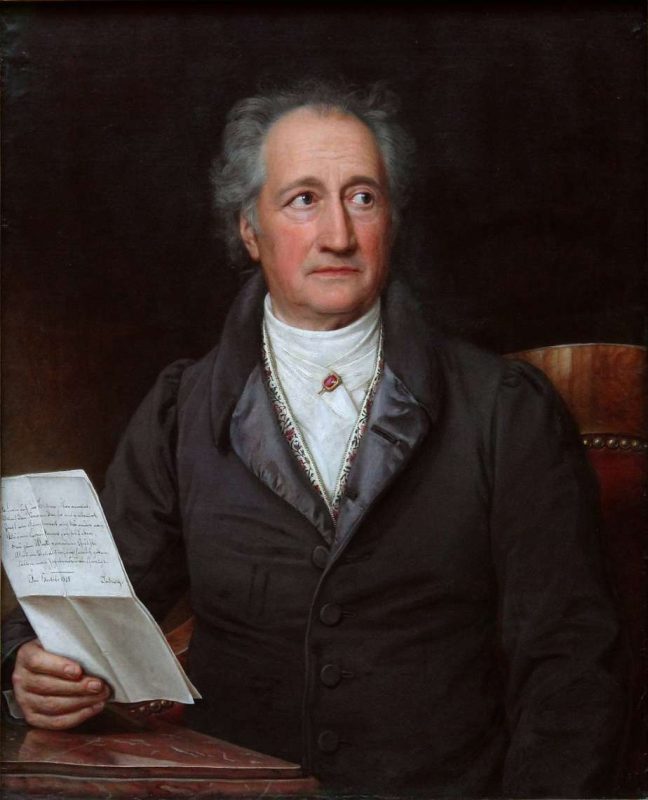The narrative begins with a look into Subramaniam’s life as an unseasoned reporter, newly married and expecting her first child, when the scandal erupted
In Boforsgate: A Journalist’s Pursuit of Truth, Chitra Subramaniam takes readers on a gripping journey through the Bofors scandal, one of India’s most notorious political controversies. The scandal, which involved the alleged payment of bribes by the Swedish arms manufacturer Bofors to secure a lucrative arms deal with India in the 1980s, brought down the Rajiv Gandhi government and tarnished the careers of numerous politicians. Subramaniam, who was a young reporter based in Switzerland at the time, provides an insider’s perspective on how she unearthed the details of the case, and the hurdles she faced in her pursuit of truth.
The book delves deep into the scandal’s complex web of politics, arms deals, and corruption. Through Subramaniam’s meticulous research, readers learn about the shady dealings that underpinned the deal and how a seemingly innocuous inquiry by a Swedish banker in 1987 set off a chain of events that exposed the sordid side of global arms trading. This investigation would eventually lead to Subramaniam becoming the primary journalist to break the story for The Hindu.
The narrative begins with a look into Subramaniam’s life as an unseasoned reporter, newly married and expecting her first child, when the scandal erupted. Despite her lack of expertise in arms deals, Subramaniam’s tenacity led her to a trail of classified documents and a network of informants spanning Switzerland and Sweden. She would often visit government offices, pouring through registers, piecing together the puzzle of Bofors’ payments into secret Swiss bank accounts.
Her personal sacrifices are palpable as she recounts how her unborn child’s crib became the storage space for the documents she meticulously collected, while her family, especially her husband, became increasingly frustrated by her dedication to the investigation. Her commitment to uncovering the truth was not without peril, as she faced threats, bribes, and intimidation. Subramaniam writes about suitcase-sized bribes offered to her, threats against her child, and even an attempt to hack into her bank account.
However, despite the constant pressure, Subramaniam was not alone in her pursuit. She credits several key figures who provided her with information, some of whom remained anonymous for years. Among them was “Sting,” who was later revealed to be Sten Lindstrom, a former chief of Swedish police. Lindstrom, who had access to critical information, helped Subramaniam unravel the details of the case and even provided an interview twenty-five years later, shedding light on his role as a whistleblower.
The book also features encounters with key figures in the Indian political and military scene, including Arun Nehru, V.P. Singh, Atal Bihari Vajpayee, and Gen. K. Sundarji. These figures add context to the political environment during the scandal and provide insight into the internal investigations within India. Subramaniam’s detailed accounts of her interactions with these individuals offer a rare glimpse into the world of Indian politics during one of its most turbulent periods.
Despite the book’s compelling narrative, there are some minor shortcomings. The list of dramatis personae at the beginning lacks identification, making it difficult for readers to immediately place each individual in context. Additionally, there are small factual errors, such as incorrectly identifying Sheikh Yamani, the former Saudi Oil Minister, as being from Egypt, and referring to Prime Minister Chandra Shekhar as S. Chandrashekhar.
Nevertheless, Boforsgate is a well-researched and engaging account of the scandal, offering readers a firsthand look at the challenges of investigative journalism. Subramaniam does not attempt to pass judgment on the key political figures involved, particularly Rajiv Gandhi, but instead presents the facts she uncovered during her investigation. The truth, she notes, was ultimately contained in evidence handed over by Swiss officials to India in 1997, though much of it remains under wraps.
In sum, Boforsgate is a captivating and insightful read for anyone interested in the intersection of politics, arms trading, and investigative journalism. Chitra Subramaniam’s courage and dedication in uncovering the truth behind the scandal serve as a testament to the power of the press in holding power to account. The book not only sheds light on the Bofors scandal but also highlights the personal and professional challenges faced by a journalist committed to uncovering the truth.














